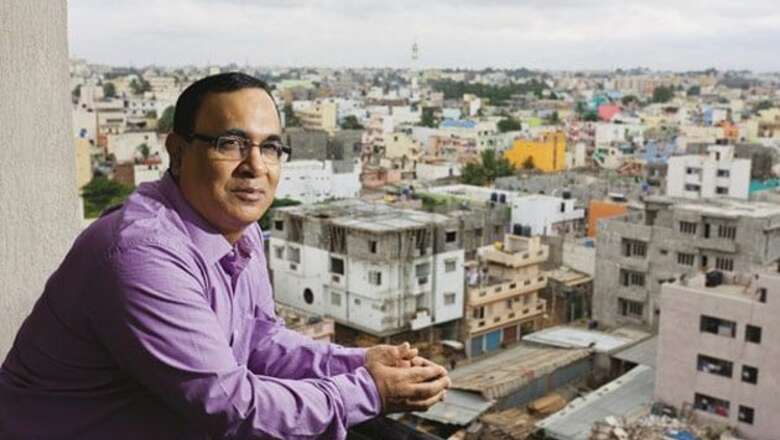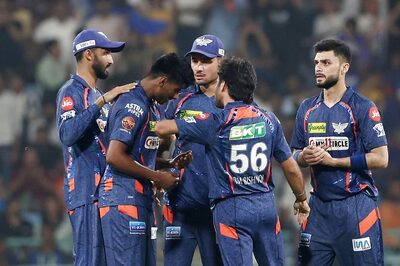
views
Rajeev Chawla
Age: 50
Profile: An IAS officer, Chawla was the principal secretary to the revenue department (Bhoomi and urban property registration) in Karnataka before being transferred as the Metropolitan Commissioner, Bangalore Metropolitan Region Development Authority.
His Achievements
In 1998, Chawla was the first one to roll out an initiative, now called Bhoomi, to digitise land records in the state. He also launched a project to create Urban Property Ownership Records in various towns.
Back in 1998, when digital revolution was still a nascent concept in India, one man in Karnataka harnessed the power of technology to weed out corruption in land holdings in the state. Rajeev Chawla, then the revenue secretary, employed a young workforce to collect data and help compile the state’s first digitised land records, a programme now called Bhoomi.
The mandate to digitise land records was not new. The Central government had in 1985 ordered state governments to computerise the records. But for 13 years, the instructions merely remained on paper.
In 1998, when Chawla stepped in, he not only brought to the table his administrative capability as an IAS officer, but also the technical knowhow he had acquired through his training as an engineer at IIT-Kanpur. And in 18 months, he accomplished what the government had been trying for 13 years. He set up the first pilot project in Madhur village with the support of SM Krishna, the then chief minister.
"I had worked on this project before Chawla came on board," says Samartharam NR, Bhoomi head, National Informatics Centre. "But it was not seeing good results as the ownership from the revenue department was missing. Before Chawla joined, it (digitisation of land records) was seen as a secondary activity."
However, the going wasn't easy when Chawla started off. The 50-year-old, who realised that changes have to be implemented at the grassroots level, spent nearly a year visiting villages, talking to accountants, deputy commissioners etc. He got around the problem of rigid mindsets by devising the method of "compassionate appointments", building an army of workers by hiring kin of government employees who had died while in service and trained the 19-25-year-olds in handling the software. Chawla also ensured that no transfers took place in the initial years so that the programme ran like a well-oiled machine.
By 2003, Bhoomi digitised records of 177 talukas of the state. But the IAS officer wanted to take the project to the next level and create Urban Property Ownership Records (UPOR) for which he even turned down a position in the Centre's e-governance initiative. In late 2009, UPOR was tried out in four towns, including Mysore, and the results were encouraging. Harsh Gupta, the managing director of Karnataka Urban Infrastructure Development and Finance Corporation, says, "When I was posted in Mysore as deputy commissioner, UPOR work was already under way. Through it, we identified 200 acres in prime areas that were under various encroachments."
Early this year, Chawla started to dig into urban property records in Bangalore, a large share of which is estimated to be illegal. In May, he was transferred as the Metropolitan Commissioner, Bangalore Metropolitan Region Development Authority.
Samartharam, who has worked with Chawla since 1998, still hopes that he will return to Bhoomi and continue with his project on UPOR. "I sincerely hope he comes back, so that we can continue with the good work we started," he says.


















Comments
0 comment